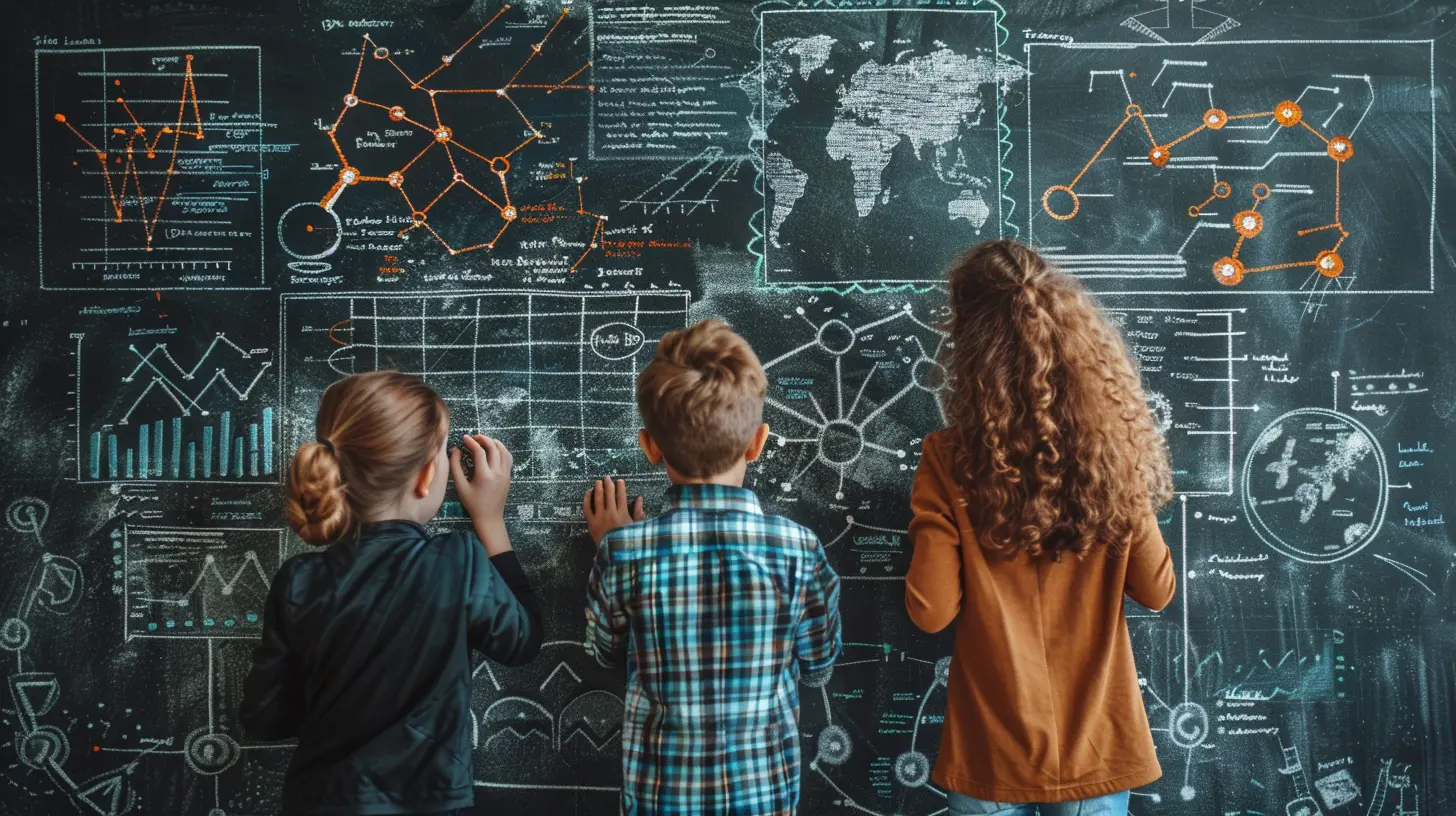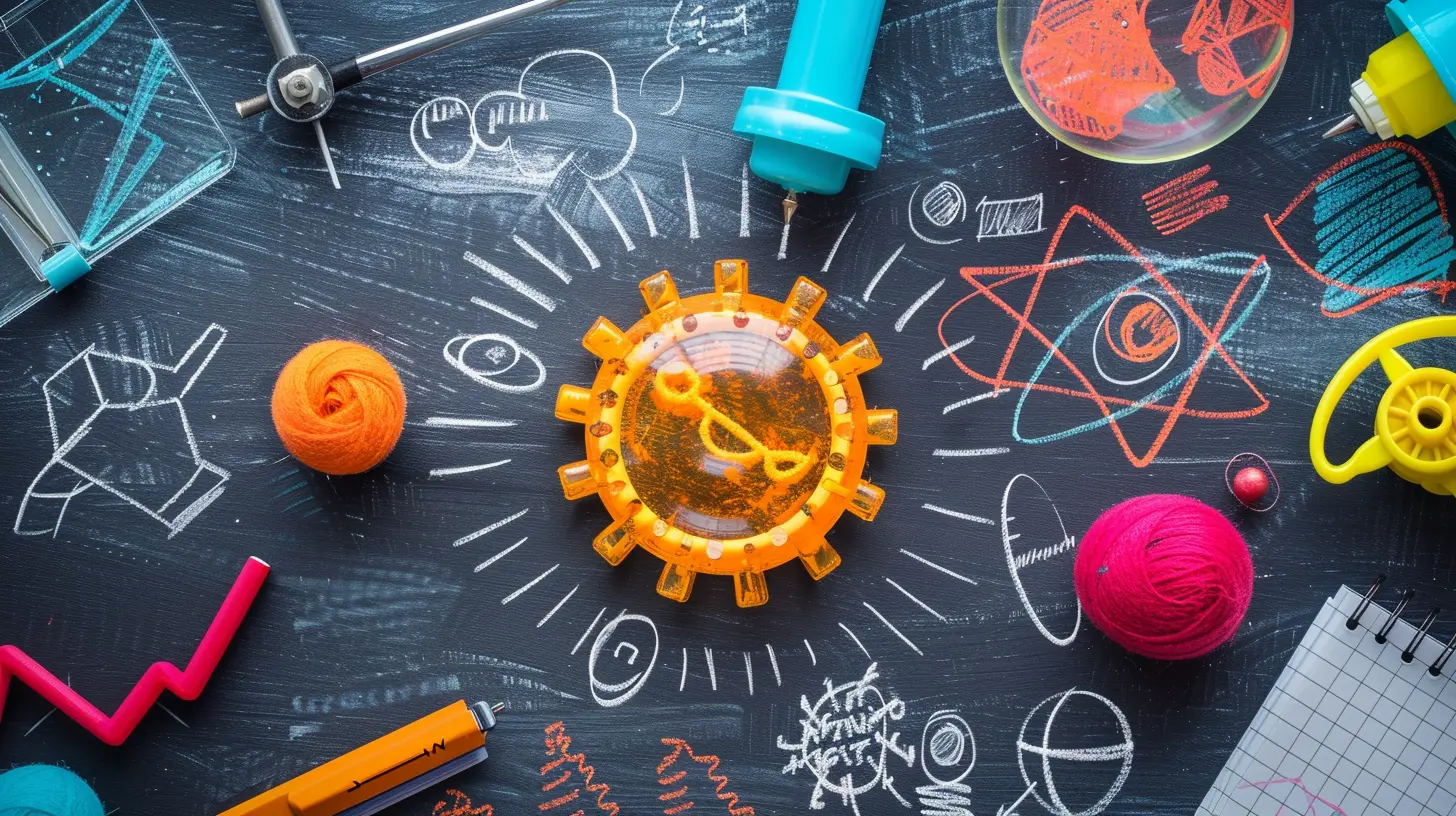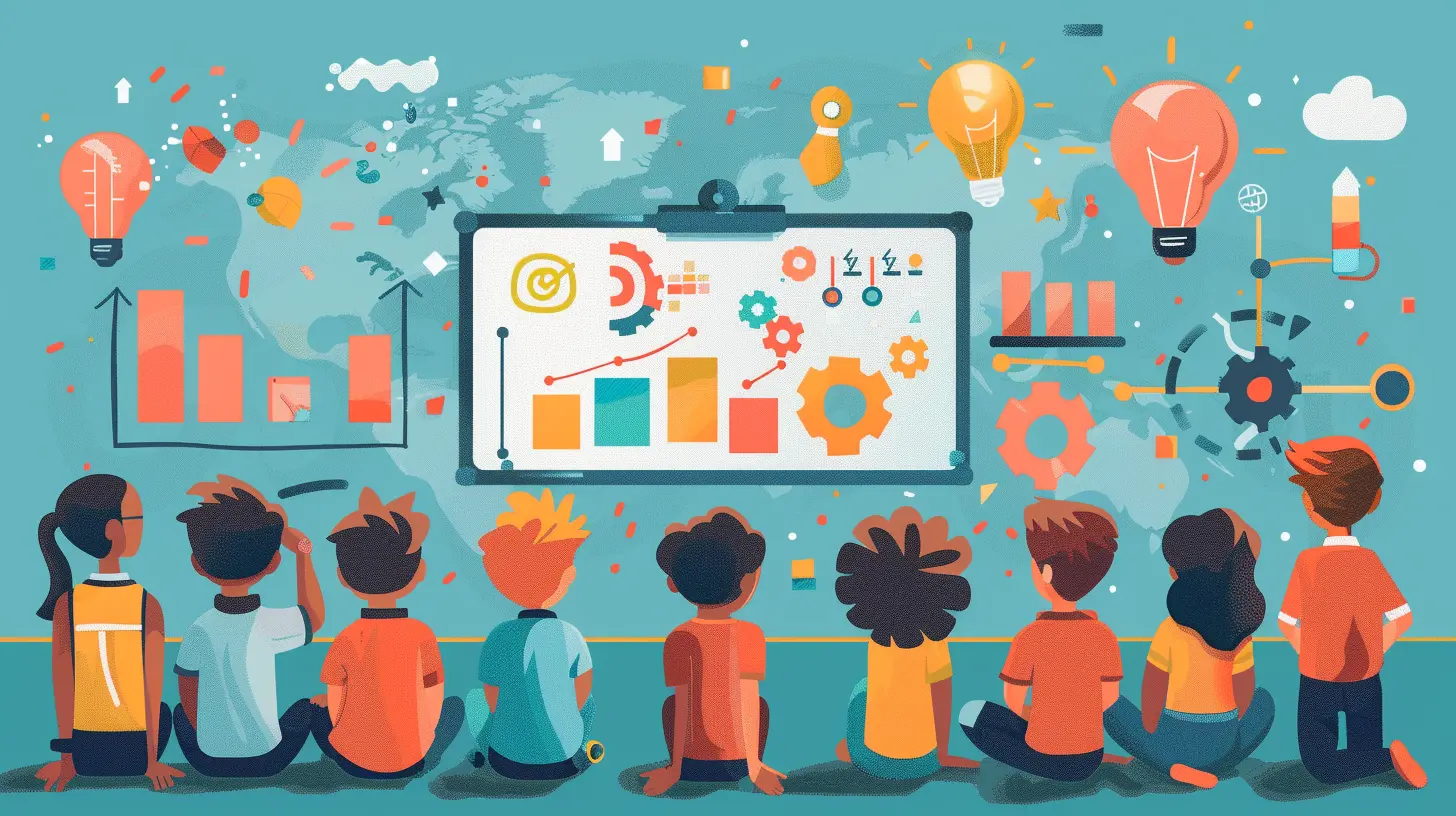Real-World Problem Solving with Project-Based Learning
4 July 2025
Education is evolving, and traditional rote memorization is quickly being replaced by more dynamic learning approaches. One of the most impactful methods gaining traction is Project-Based Learning (PBL). But why? Because it helps students tackle real-world problems, develop critical thinking, and build essential life skills that textbooks simply can't provide.
Imagine a classroom that's not just about lectures and exams but about hands-on experiences, teamwork, and finding solutions to real issues. That’s the magic of PBL! In this article, we’ll dive deep into how project-based learning is revolutionizing education and how it prepares students to solve real-world challenges. 
What is Project-Based Learning (PBL)?
Before we jump into the nitty-gritty, let's define what Project-Based Learning actually is. PBL is a student-centered teaching method that involves students working on real-world challenges through in-depth projects over an extended period. Instead of just memorizing facts, students research, design, collaborate, and create solutions.This method not only helps students gain academic knowledge but also develops essential skills like problem-solving, critical thinking, communication, and teamwork—skills crucial for life beyond school. 
Why is Project-Based Learning So Effective?
Traditional learning often focuses on memorization and standardized testing. But let’s face it—how often do we use trigonometry formulas in daily life? Probably not much. PBL, on the other hand, prepares students for the real world by focusing on applying knowledge rather than just acquiring it.1. It Encourages Critical Thinking
PBL forces students to think critically and analyze complex situations. Instead of simply recalling information, they need to evaluate different scenarios, weigh options, and make informed decisions.For instance, rather than just reading about climate change, students might develop an awareness campaign, build models, or create sustainability plans for their school. This active engagement fosters deep understanding.
2. It Boosts Engagement and Motivation
Let's be real—students zone out during boring lectures. But when they are actively solving a problem they care about, motivation skyrockets. They feel a sense of purpose, knowing their projects have real-world implications.3. Develops Collaboration and Communication Skills
In today’s world, no job works in isolation. Successful careers depend on teamwork, communication, and collaboration. PBL mimics real-world work environments, where students must work together, delegate tasks, resolve conflicts, and present their ideas confidently.4. Prepares Students for the Future Workforce
Employers today look for problem-solvers, innovators, and independent thinkers—not just employees who can memorize facts. PBL helps bridge the gap between academia and industry by equipping students with real-world skills that companies value.
Real-World Problem Solving with PBL
So, how does Project-Based Learning help in solving real-world problems? Let’s break it down with some powerful examples.1. Addressing Environmental Issues
Project Idea: Creating a Sustainable School
Students can work on reducing waste, conserving energy, and promoting sustainability in their own school. This project can include installing solar panels, introducing recycling programs, or finding ways to reduce plastic use. Not only does this teach environmental responsibility, but it directly impacts their surroundings.2. Tackling Social Issues
Project Idea: Community Service Initiatives
Students can work on identifying social problems like homelessness, hunger, or mental health awareness. They can then develop and execute campaigns, fundraising events, or volunteer programs to make a tangible difference in their communities.3. Solving Business and Economic Challenges
Project Idea: Starting a Student-Run Business
What better way to learn economics than by starting and managing a real business? This could be anything from a school store, a charity fundraiser, or even an online business. Through this, students learn about budgeting, marketing, customer service, and problem-solving in the business world.4. Improving Public Health Awareness
Project Idea: Mental Health Awareness and Well-being Campaigns
With increasing mental health concerns, students can research common mental health challenges and develop awareness programs. They could organize workshops, peer support groups, or wellness programs to promote emotional well-being among their peers.5. Advancing Technology and Innovation
Project Idea: Developing Mobile Apps or Websites for Social Causes
Tech-savvy students can build apps or websites that solve specific problems, such as helping students manage their homework, providing mental health resources, or connecting community service volunteers with those in need.
How Teachers Can Implement PBL in the Classroom
Feeling inspired? If you're wondering how to incorporate Project-Based Learning in your classroom, here are some simple steps:1. Identify a Real-World Problem
Start with a meaningful issue that students can relate to. The more relevant it is to their lives, the more engaged they'll be.2. Set Clear Objectives and Learning Goals
Define what skills and knowledge students should gain from the project. This ensures they aren’t just having fun but actually developing essential skills along the way.3. Create an Open-Ended Challenge
Provide students with a complex problem that doesn't have a single "right" answer. Encourage creativity, innovation, and critical thinking.4. Allow for Collaboration and Student Autonomy
Let students work in teams, assign roles, and take ownership of their projects. The best learning happens when students feel empowered to make decisions.5. Integrate Real-World Interactions
Encourage students to interview experts, visit local businesses, or collaborate with community organizations to gain real-world insights.6. Evaluate and Reflect
Assessment in PBL isn’t just about the final product but also the process, teamwork, research, and problem-solving. Encourage reflection and self-assessment to help students recognize their growth.Challenges in Project-Based Learning (And How to Overcome Them)
While PBL offers incredible benefits, it does come with challenges. Let’s look at some common obstacles and how to tackle them.1. Time Constraints
PBL takes more time than traditional teaching methods. Teachers can start with small projects and gradually expand.2. Student Resistance
Some students might struggle with the shift from passive learning to active problem-solving. Building a growth mindset and offering continuous support will help.3. Assessment Difficulties
Unlike standard tests, PBL requires more diverse evaluation methods. Teachers can use presentations, peer reviews, self-assessments, and progress reports for better assessment.Final Thoughts
Project-Based Learning isn’t just an educational method—it’s a mindset shift. It transforms students from passive learners into critical thinkers, problem-solvers, and future leaders.By integrating PBL into education, we’re not just teaching students what to learn but how to learn. And that’s the key to preparing them for the real world.
So, whether you’re a teacher, parent, or student—embrace Project-Based Learning and start solving real-world problems today!
all images in this post were generated using AI tools
Category:
Project Based LearningAuthor:

Eva Barker
Discussion
rate this article
1 comments
Maris Benson
Great article! Project-Based Learning is an empowering approach that fosters critical thinking and creativity. By tackling real-world problems, students not only gain knowledge but also develop essential life skills. Keep inspiring the next generation of problem solvers!
July 14, 2025 at 3:19 AM

Eva Barker
Thank you! I'm glad you found it inspiring. Project-Based Learning truly empowers students to become innovative problem solvers!


